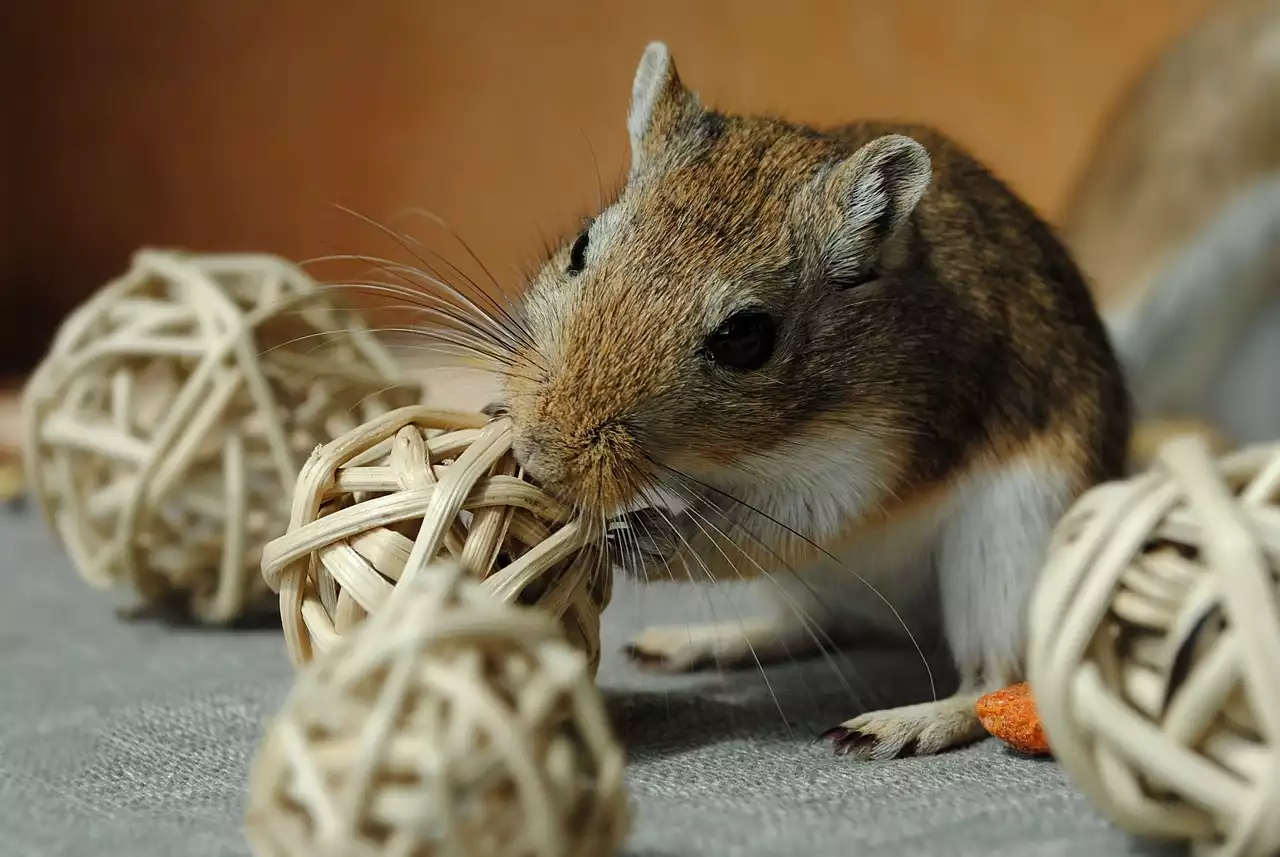The Red and Green Macaw, also known as the Scarlet Macaw or Parakeet, is a large bird native to the Amazon Rainforest. These birds are popular as pets due to their striking red and green feathers, friendly disposition, and ability to mimic human speech. In general, they are great pets for experienced bird owners who can meet their needs. Red and Green Macaws should be kept in pairs unless you provide them with plenty of attention, they’re highly social birds that need interaction with humans or other parrots. They’re hardy in terms of housing requirements but require more attention than smaller parrot species because they grow so big. Read on to find out more about keeping this pet as an indoor companion.
Basics of Care
Some Red and Green Macaw care basics include providing a healthy diet, providing a suitable living environment, and providing appropriate nutrition and hygiene for your pet. Providing an appropriate diet and hygiene for your pet will help promote health and happiness. Before bringing a Macaw into your home, make sure you are able to provide all of its needs throughout its life. Macaws grow very large and need room to explore, so an indoor parrot cage may not be large enough. If you have the space, an outdoor aviary would be an ideal living situation for these birds. Red and Green Macaws are very social and affectionate birds. They need love and attention just like any other pet, especially when they’re young. Macaws can live up to 50 years, so they’re a long-term commitment.
Feeding
Feed your Macaw a balanced diet consisting of vegetables, fruits, seeds, sprouted grains, and pellet or nugget feed. Macaws have strong beaks and should not be given corn on the cob or other hard, starchy foods. Because they are very active birds, they need a diet higher in fat than most parrots. Red and Green Macaws are known for their love of snacks, including nuts, seeds, and corn. Make sure you’re not overfeeding your Macaw, especially when feeding treats. Remember, even healthy foods can be fattening for birds!
Housing
Macaws need a very large, spacious, clean environment where they can play, climb, and forage for food. If you opt to use an indoor cage for your Macaw, it should be extra large and well-ventilated. Macaws are messy birds and will produce a lot of droppings, so be sure to clean the cage often. If you have the space, an outdoor aviary is the best option for these birds. The aviary should be large enough to accommodate two birds (or more, if you have more than two Macaws), with plenty of room for flying, climbing, and foraging. You’ll also need to provide a source of fresh water and a way to keep the aviary clean. Macaws are messy birds and will produce a lot of droppings, so be sure to clean the aviary often.
Health Care
Red and Green Macaws are susceptible to several diseases, including psittacosis (also known as “parrot fever”), bacterial infections, and Vitamin A deficiency. They are also susceptible to certain toxins, including insecticides, lead, and certain household cleaning products. Your Macaw should have annual checkups with a veterinarian who is experienced in avian care. It’s also a good idea to keep a log of your Macaw’s health and diet to track any patterns. If you notice anything abnormal, make an appointment with your veterinarian as soon as possible.
Exercise and Taming
Macaws are very active birds and require lots of space to stretch their wings. Be sure you have a very large indoor space (or outdoor aviary) where your Macaw can fly around. You can also provide your Macaw with a harness and allow them to fly around your yard. If your Macaw is inside a lot, you’ll need to provide ample mental stimulation. Give your Macaw toys to chew on, puzzles to solve, and plenty of interaction with you. Macaws are highly intelligent birds and respond well to training. Red and Green Macaws can be trained to use a litter box or to step up for a ride outside. But before you start taming your Macaw, remember, patience is key. Don’t rush the process or your Macaw will just get stressed out.
Breeding
Breeding Red and Green Macaws is illegal in many places. If you want to breed these birds, you must get a permit from your state wildlife or agricultural agency. You’ll also need to keep your birds in a fully enclosed aviary that cannot be accessed by wildlife. Breeding Macaws can be very challenging, even for experienced breeders. You’ll need to provide your birds with a very specific diet, plenty of space, and a nesting environment that has been thoroughly cleaned and disinfected. There are some risks involved with breeding Red and Green Macaws. For example, you may end up with unfertilized eggs or chicks that don’t hatch. Some chicks may be born with birth defects from inbreeding.
Conclusion
The Red and Green Macaw is an amazing bird that deserves a loving home. Before bringing one home, be sure you have the space and time to care for them properly. If you can provide a healthy diet and a suitable living environment, you can be sure your Macaw will be happy and healthy.


 Specific Hanging Leg Raise Exercises to Try
Specific Hanging Leg Raise Exercises to Try
 Interior Design ideas for a new theatre
Interior Design ideas for a new theatre
 What to Give Your Best Friend for Their Birthday
What to Give Your Best Friend for Their Birthday The Double Yellow-Headed Amazon Parrot
The Double Yellow-Headed Amazon Parrot Keeping a Large Cockatoo as a Pet
Keeping a Large Cockatoo as a Pet How to Look After an African Grey Parrot
How to Look After an African Grey Parrot Everything You Need to Know about the Large Conure
Everything You Need to Know about the Large Conure